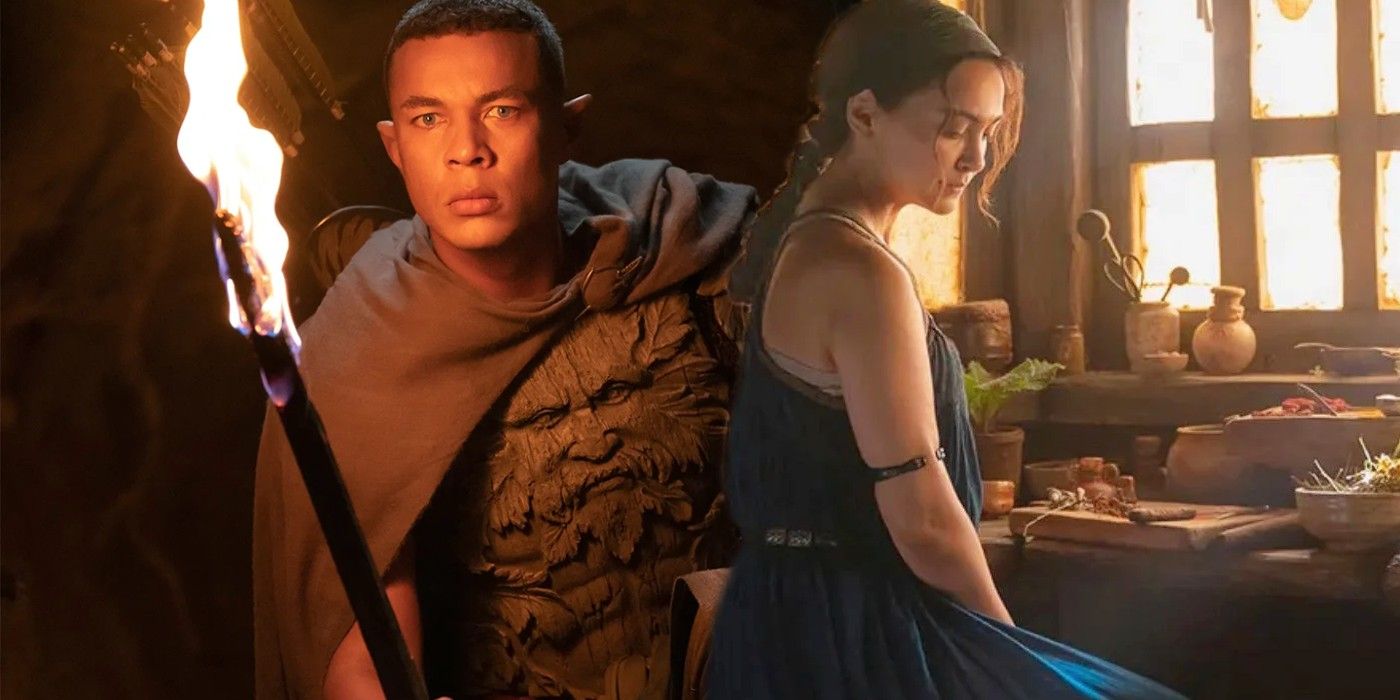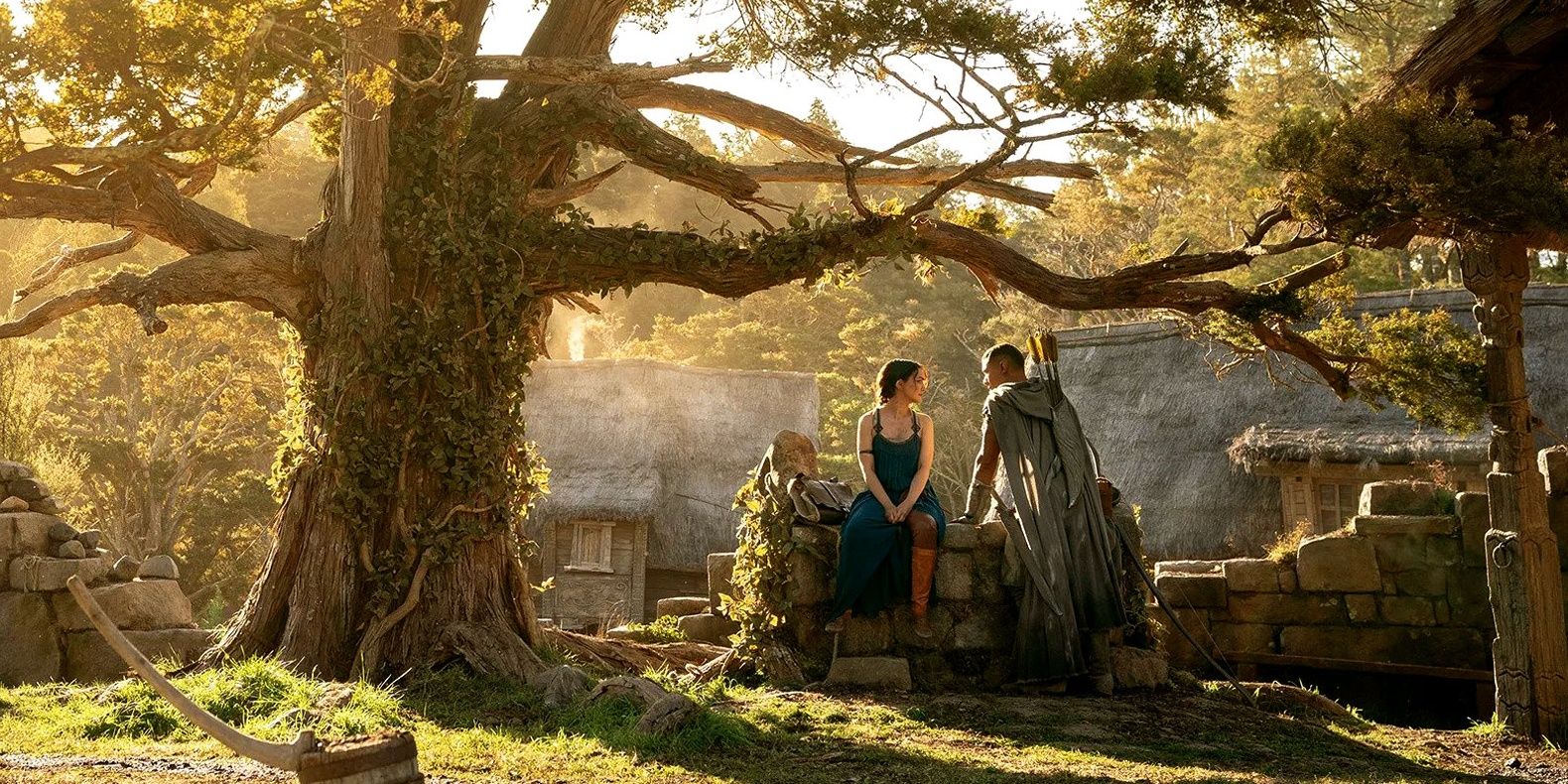While The Lord of the Rings: The Rings of Power plans to avoid contradicting any of J. R. R. Tolkien’s other stories, the show’s creators have already introduced several changes, including compressing the storyline. Set to release on September 2, 2022, The Rings of Power will explore Middle Earth’s history before The Lord of the Rings trilogy takes place. In this way, The Rings of Power will serve as tragic prequel to The Lord of the Rings, adapting Tolkien’s novel, The Silmarillion.
Posthumously published by Tolkien’s son, The Silmarillion explains the entirety of Middle Earth’s history, starting with the creation of the world and its supernatural beings. The Silmarillion then covers Middle Earth’s three ages, which lead to the events in The Lord of the Rings during the Third Age. The Lord of the Rings: The Rings of Power will focus on the Second Age, beginning soon after the defeat of the evil god Morgoth. After this, The Rings of Power will depict many major events that occur as evil returns to Middle Earth, including the creation of the Rings of Power, Sauron’s rise to power, and the collapse of the kingdom of Númenor.
However, one issue The Rings of Power is facing is that The Silmarillion takes place over thousands of years. To shape the Second Age into a more cohesive story, The Rings of Power will compress time and make major events occur closer together. While this should solve any problems with The Rings of Power’s pacing and length, one article (via The Gamer) pointed out that compressing the storyline might cause other issues. Condensing The Silmarillion too much could lead to misrepresenting the evolution of events in Middle Earth’s history and lessening the stakes in the characters’ relationships.
Generally, compressing time may cause be a mistake for The Rings of Power because the series needs to depict events that took place over many years. For example, the Fall of Númenor, a powerful island kingdom, occurred due to the pride of multiple generations of kings. To properly show how this prosperous kingdom slowly fell to ruin, The Rings of Power must depict many years of decline. In addition, compressing the timeline may also require changing many of the characters and their roles in the story. While some elven characters survived the entire Second Age, such as Galadriel and Elrond, the human characters could not live for thousands of years. If they did not die in battle, they would die of old age later, creating a cycle of humans were most important to the story. Based upon how much time The Rings of Power condenses, many of the human characters may be combined as well.
More specifically, The Rings of Power may have difficulties because some characters’ stories are directly affected by the passage of time. For example, Arondir (an elf) and Bronwyn (a human) fell in love during the Second Age. Since elves are immortal, a relationship between a human and an elf in Middle Earth usually required the elf to give up his or her immortality. The most well-known example of this was the love between Arwen and Aragorn in The Lord of the Rings. However, if The Rings of Power compresses time enough that the story fits within Bronwyn’s lifespan, there will be less motivation for Arondir to give up his immortality, lessening the stakes in their relationship. Although compressing the storyline should make The Lord of the Rings: The Rings of Power more cohesive with a faster pace, the series will face other issues, such as depicting events that occurred across generations and diminished emotional stakes.


